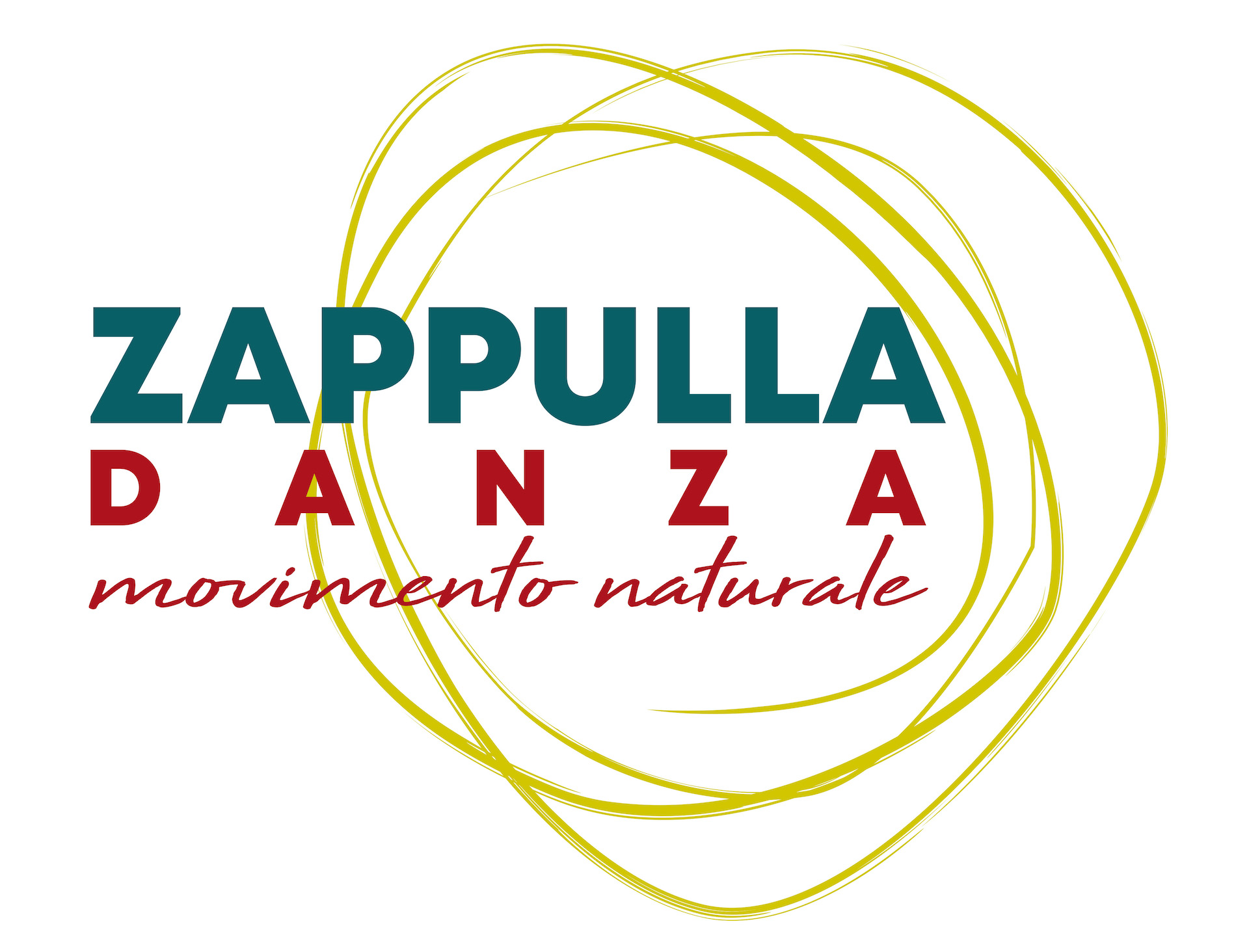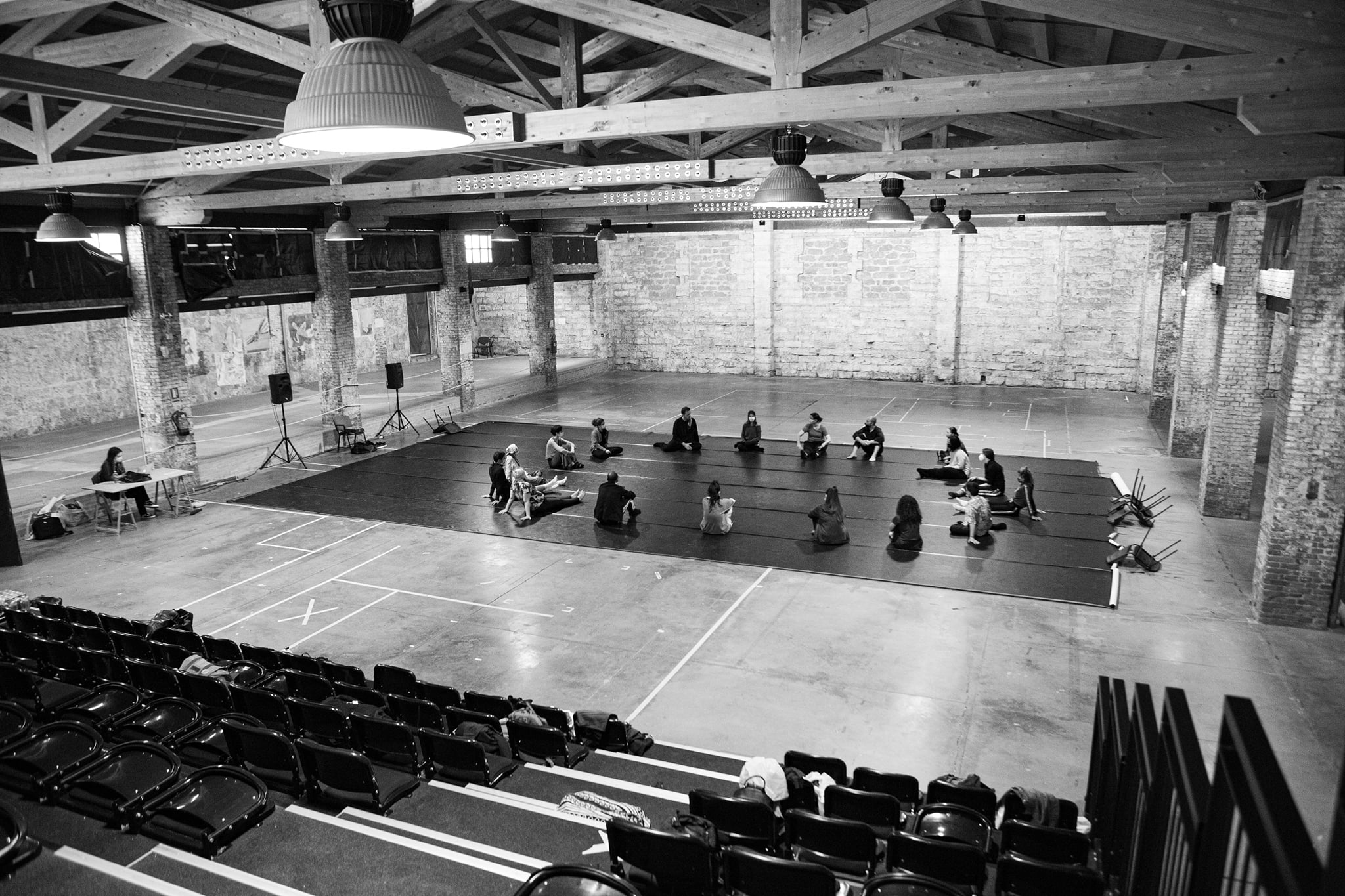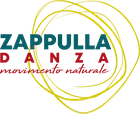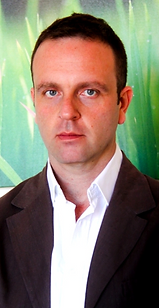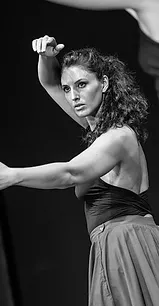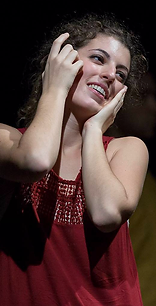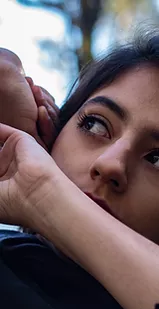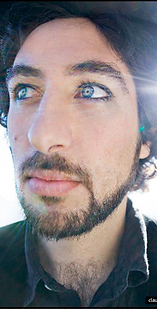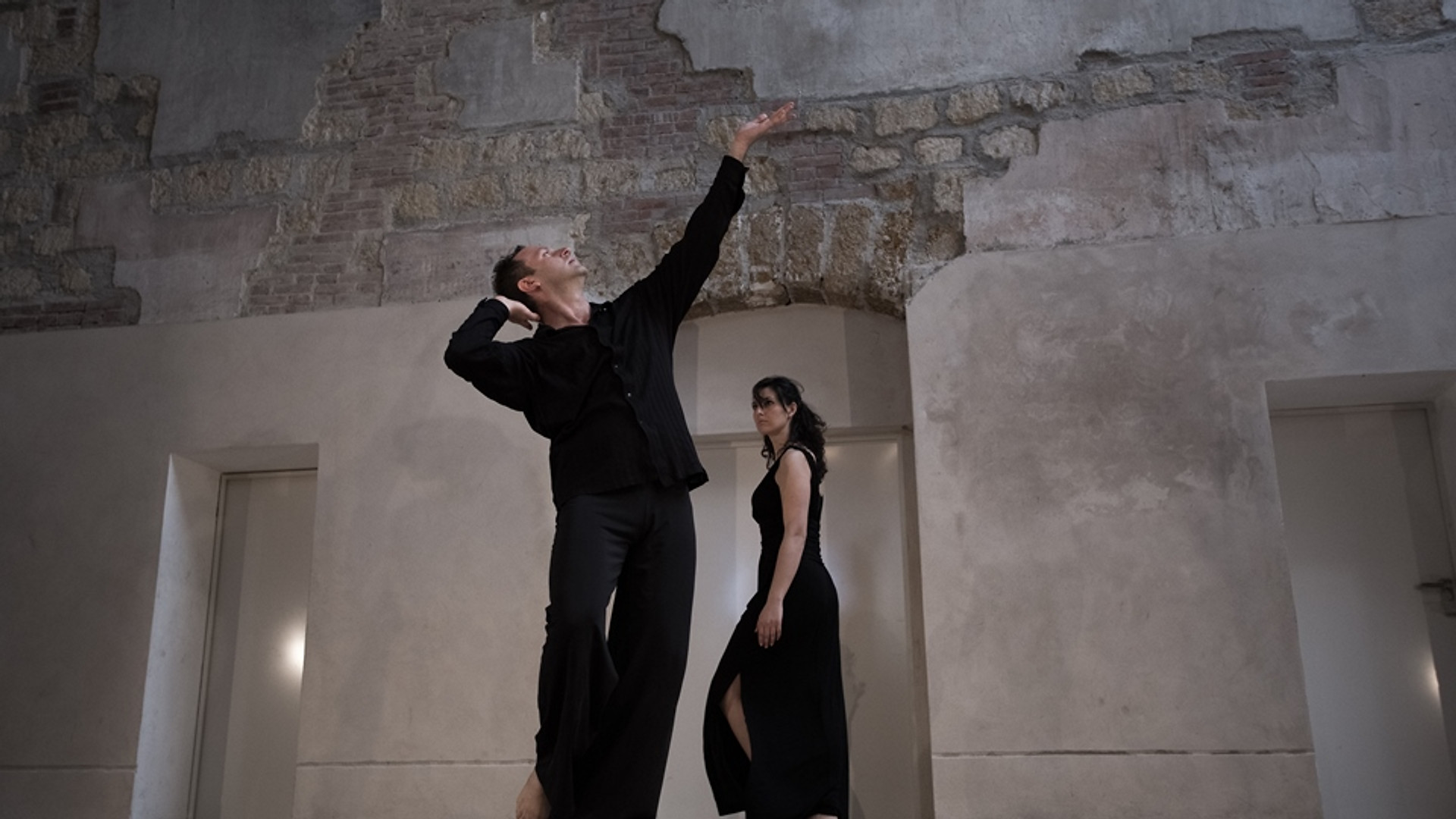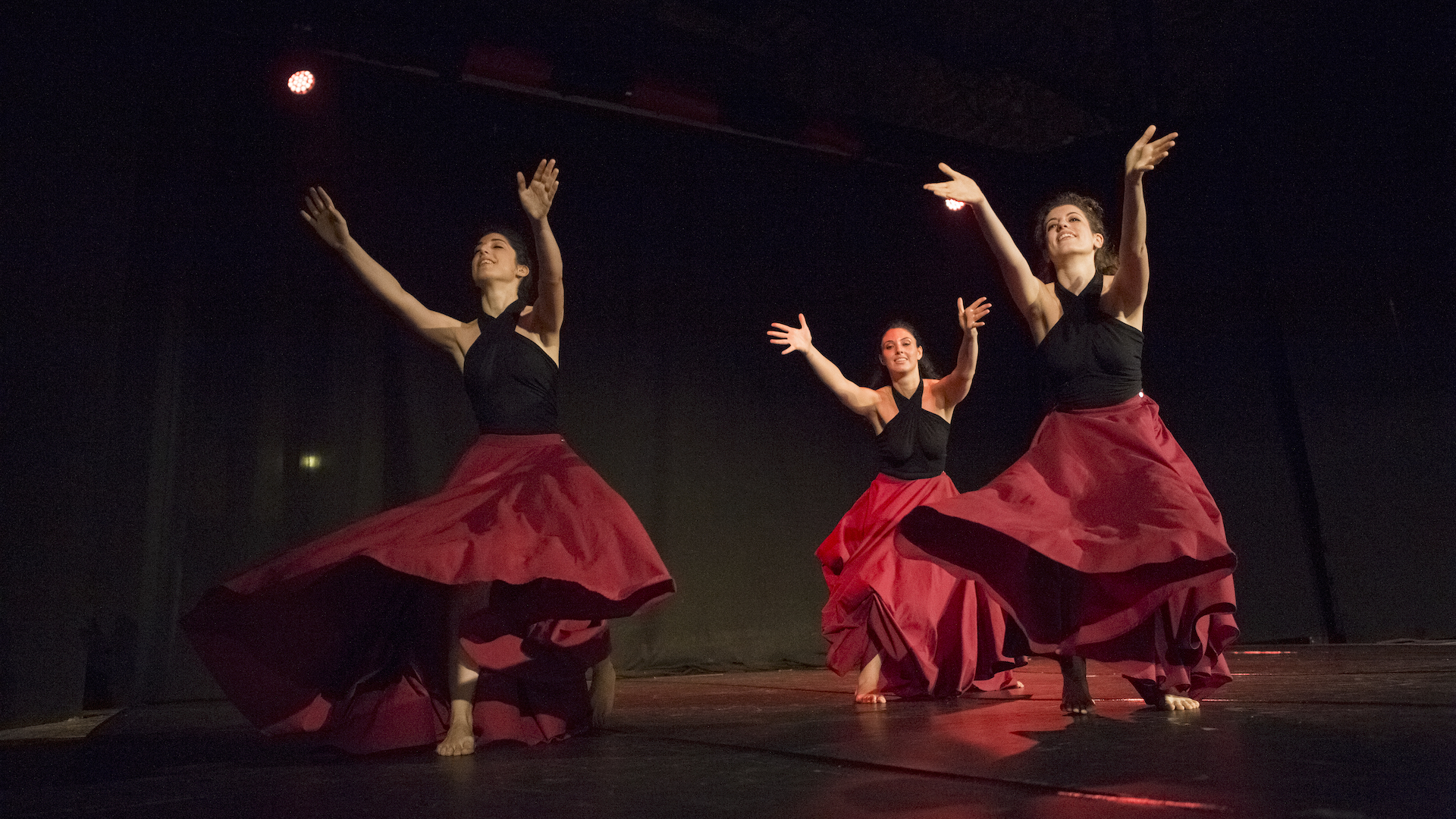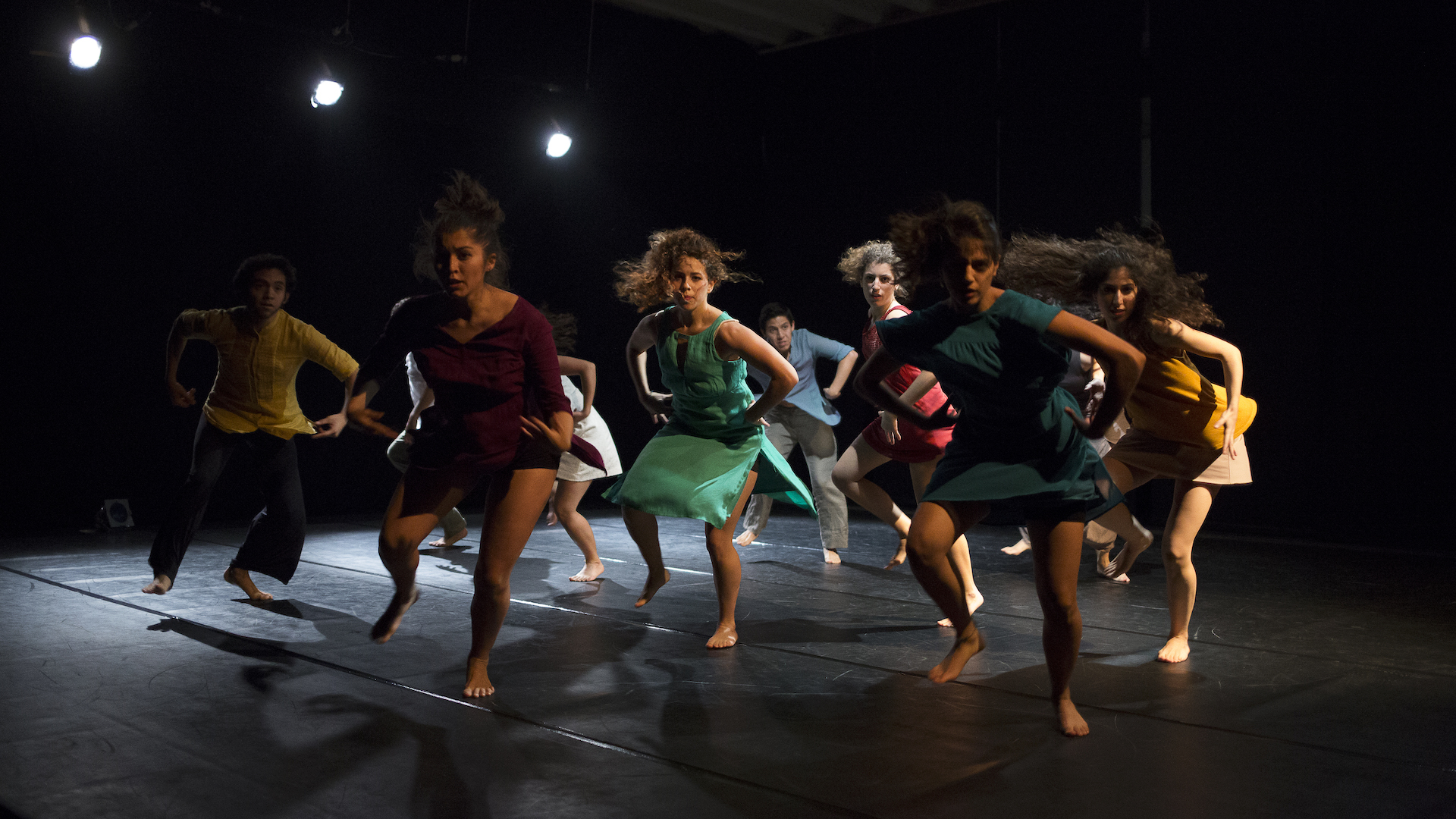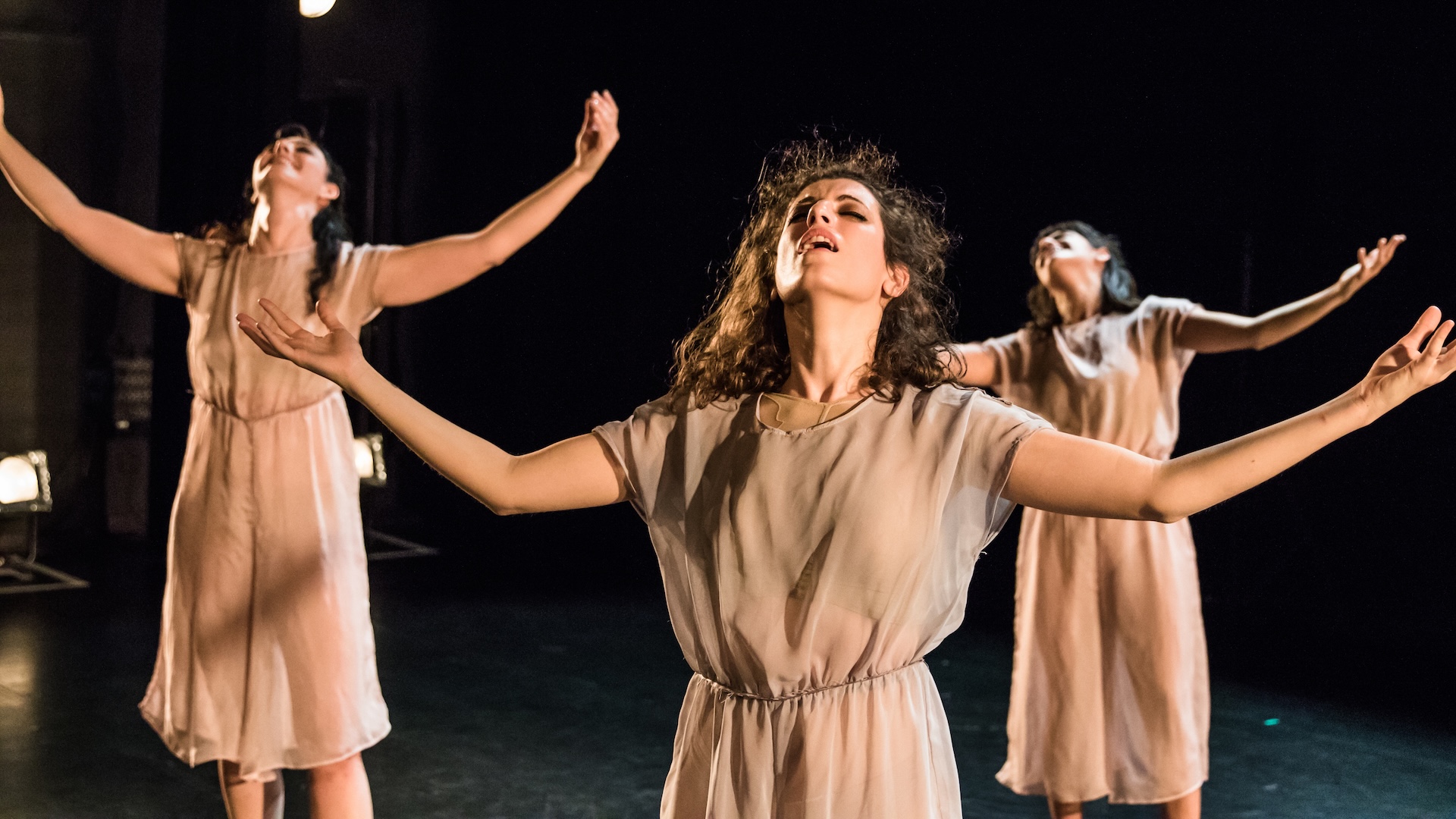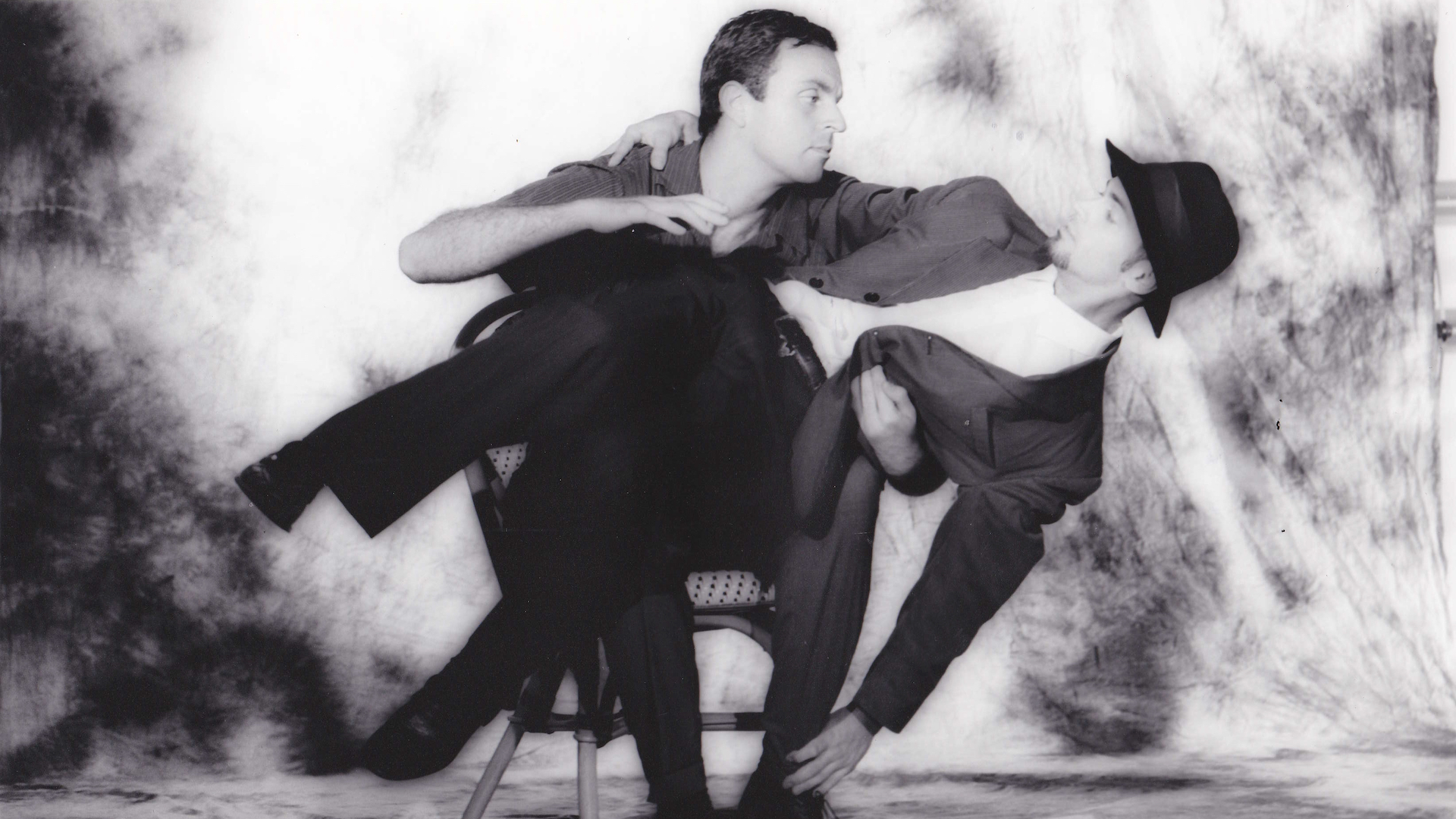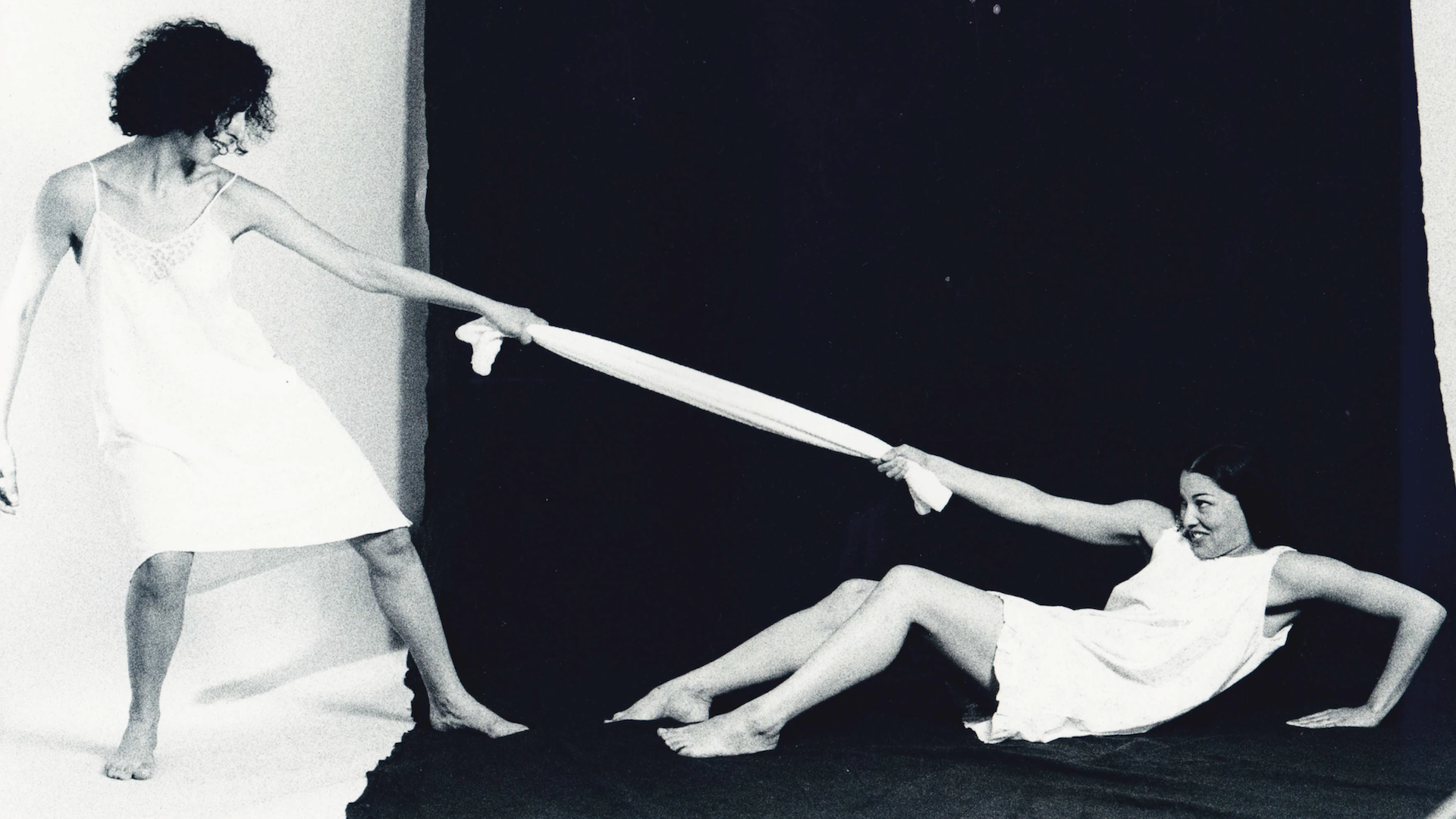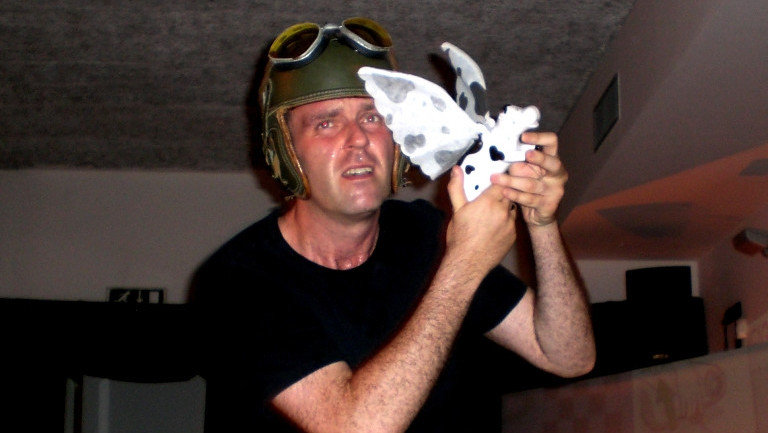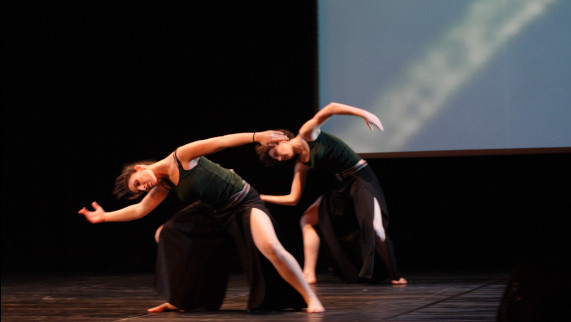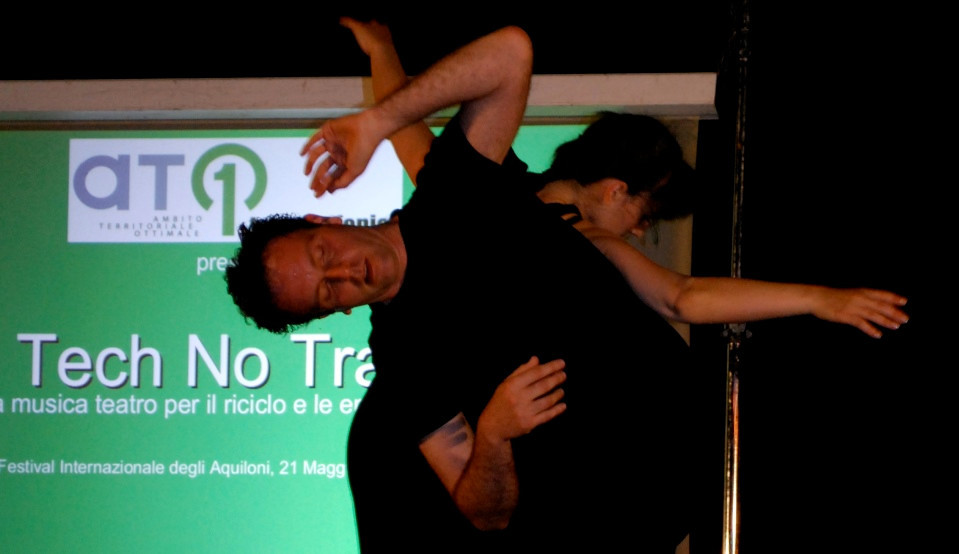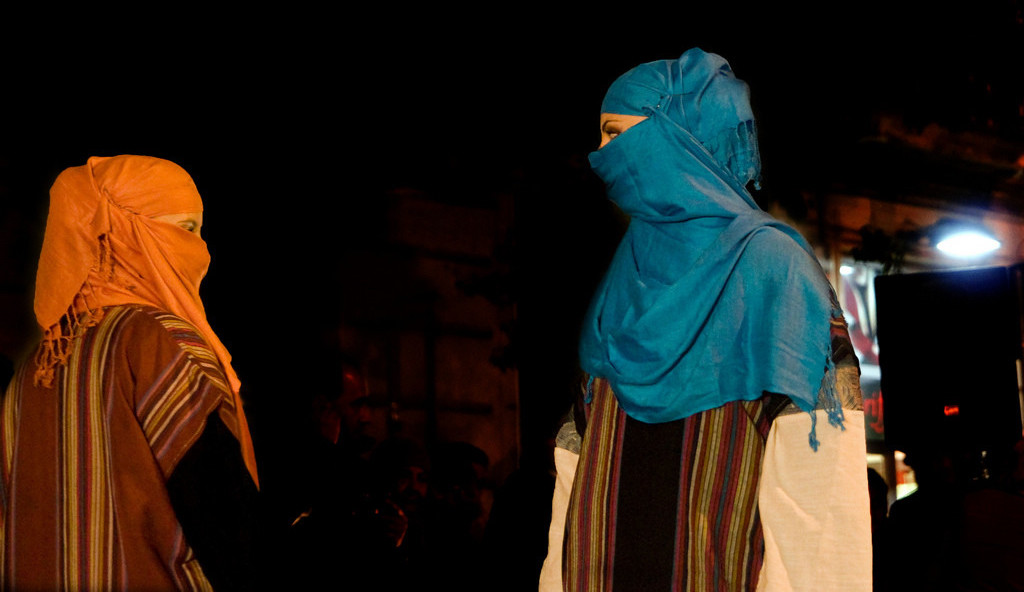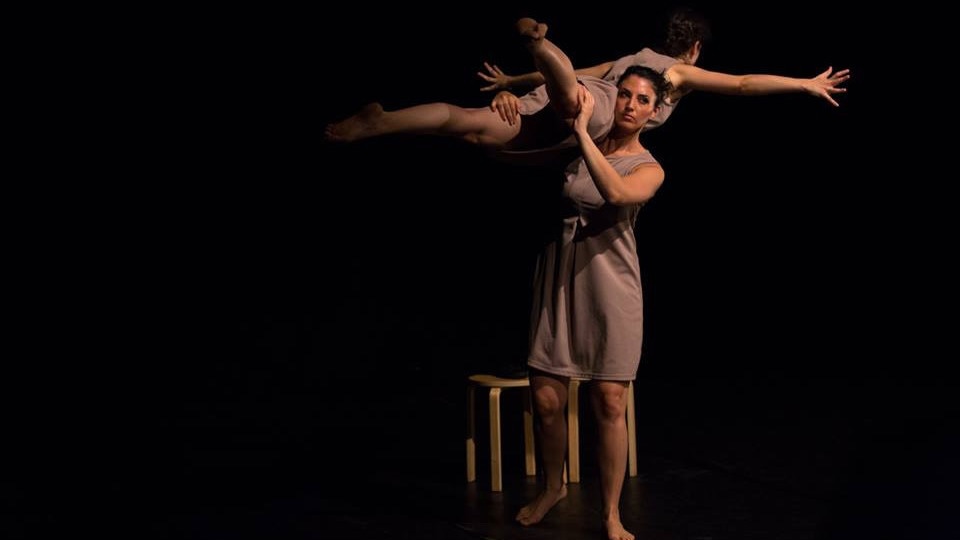L'espace APS/ASD was founded in 2012 in Palermo with the aim of promoting and disseminating avant-garde and research-based contemporary dance and culture locally, nationally and internationally, and it has became a point of reference for its revolutionary and holistic approach through the productions of its dance company, its commitment to dissemination and its educational programme.
The association was founded by choreographer and dancer Giovanni Zappulla, who i salso artistic director of the Zappulla DMN company and creator of the innovative DMN method, which stems from the substantial union of contemporary dance, Taijiquan and Zhineng Qigong. This method is the expression of a model of study consistent with human nature in all its aspects (biomechanical, energetic and psichi), and it sjpws itself thanks to disciplines that enable the development of human potential by re-establishing the heritage of internal connections.
President of the association and co-director of the Zappulla DMN company is the dancer Annachiara Trigili, who together with the musician and composer Giuseppe Rizzo, the dancer Roberta D'Ignoti, and the visual artist Petra Trombini constitute the main creative core.
One of the goals of our company is to stage pure and natural dance through the close link between mind and body, making the dancer a means to push the audience to experience the performance as both an aesthetic and emotional experience.
The company has a repertoire consisting of the following shows:
- Apollo e Dafne (2015), a duo with music by Giuseppe Rizzo;
- Memories from the future (2016), a trio on Beethoven's Seventh Symphony;
- Sul Sentimento (2017), on music by Fabio Badalamenti;
- Natural Landscapes (2016), a collaboration between the Zappulla DMN company and the M.I.M. Arte Escénico Collective of Mexico City, a piece for 10 dancers with music by Giuseppe Rizzo;
- Wunderkammer (2021), trio with music by Giuseppe Rizzo;
- Dafne e Apollo (2022), a duo with live music by G. Rizzo and videomapping.
The association's operational headquarters is Centro Xinergie in Palermo, a space created in collaboration with the Quarto Tempo association that represents a nerve centre for art, production and training, conceived to create synergies between different activities and professionalism. Inside, there are two large coworking and three multipurpose rooms used mainly for dance training and all artistic production.
The association has a partnership with La Galèrie Chorégraphique in Carcassonne (FR) directed by Thierry Gourmelen and is the winner of three European Erasmus+ projects for the dissemination of good practices through the art of choreography. These three projects, currently in progress, are Dance Highways, Viral Visions and InToDaTe and contribute to the creation of a strong international network with various realities operating in the contemporary dance scene including:
- La Fundición - Asociación Puertas Abiertas (Bilbao, Spain);
- Dansearena nord (Trømso, Norway);
- Fundacja Rozwoju Teatru ’NOWA FALA’; (Wasaw, Poland);
- Theater der Klänge (Düsseldorf, Germany);
- Body Architects (Wien, Austria);
- Mala akademija umjetnosti (Ernestinovo, Croatia).
They together give rise to training and performance events. In fact, in May 2021, the association organised the first edition of the Festival Dissidanza in Palermo and in October 2022 the second one, involving national and international artists involved in experimental and innovative performance projects among contaminations and avant-garde technologies.
Through its productions, the Zappulla DMN company has carried out several international projects, including in 2016 a collaboration with the M.I.M. Arte Escénico Collective in Mexico City that gave rise to an artistic residency and to the creation of the show for 10 dancers “Natural Landscapes”, performed at the TMO in Palermo and at the Dance Theatre in Mexico City.
The company also took part in:
- 2019 e 2020 editions of Festival Danses- Cités de Carcassonne,
- Choreographic platform of Rencontres mouvementées di Toulouse in December 2020,;
- Dissidanse Festival in Ajaccio in September 2021
- U:New Festival in Warsaw in December 2021 in September 2022.
The association is also involved in professional and amateur training through weekly courses, stages and workshops with choreographer Giovanni Zappulla and the Zappulla DMN company, as well as collaborations with national and international artists such as Damiano Bigi, Patrice Usseglio, Marina Rocco, Michèle Ettori, Fabien Delisle, pursuing the dissemination of DMN method, which represents an innovation in the training panorama of performers and dancers.
DMN's origins
Danza Movimento Naturale method was created in 2005 by Giovanni Zappulla, who is choreographer, dancer and artistic director of his choreographic centre L’espace. Giovanni's long stay in France - precisely at the National Conservatory of Music and Dance in Boulogne-Billancourt and at the RIDC (Rencontres Internationales de Danse Contemporaine) - led him to deepen the path already taken by the dancer Isadora Duncan (1877-1827).
In the footsteps of Isadora Duncan: the rebel genius and her 'inner movement'
Isadora was a rebellious genius and an indispensable part of dance history because she did not have a pre-established academic education and had the courage to explore. Thus, the Danza Movimento Naturale method takes its starting point from an in-depth study of this American dancer’s technique, the first one to speak of internal movement. "We could define it as a movement that finally resolves the dichotomy between spirit and body. A dichotomy that has been imposed as a superstructure but that the Greeks did not know: in theatre they were musicians, actors, dancers together. In the same way, internal movement starts from the soul, radiates to the bones and deep muscles, to the mind and body: it is a force that we have not been used to taking advantage of for centuries” Zappulla points out.
The connection with eastern disciplines
The DMN method was born out of the collaboration between choreographer Giovanni Zappulla and dancer Annachiara Trigili and it develops through the substantial union of contemporary dance with music and the encounter with Taijiquan Chen and Qigong, two eastern disciplines in which lies the concept of internal movement that is consistent with human nature in its biomechanical, energetic and psychic aspects. “It should come as no surprise that Western thought and techniques meet Eastern ones, just as mind and body can dialogue again through DMN method, because human body is conceived as an orchestral instrument” observes Zappulla and also adds “It has the same harmony that we find in the images of the dancing Greek figures, the same harmony that Isadora sought in museums, and then brought back to the theatre: the natural place of this harmony”.
Questions to (re)start from
What contemporary dance has been doing again for just over a century is to give the body the opportunity to construct its natural history and express its essential movement according to its true balance. By the DMN method, body learns to listen to these laws. "We have to start with some questions: do we let our bodies express their own rhythm? How can we follow their natural mechanisms to really move, regardless of the effect to produce and the result to achieve? How can we move slowly or quickly, without being forced into artificial movement? If technological progress has helped shrink the space-time in which we bulimically acquire information, what about individual space-time?" asks Giovanni Zappulla.
Sicily, abroad, past and future
The DMN method has already been exported across borders, from France to Mexico, through workshops and performances in which dancer's body is no longer considered as an object to be subjected to often irreversible wear and tear as a tribute to the aesthetics of movement, but as a centre of strength, growth, and well-being. Thus, the dancer becomes strong through dance itself, dance becomes natural again, as well as incredibly rich, bodies can go far beyond questions of techniques and styles and movement has its own truth. “At the same time the research that I carry out could only be born in Sicily. The company that I direct could only be conceived in a land with an immense heritage of culture and that possesses the strengths and capabilities to find a meeting point. A contemporaneity in evolutionary continuity with a past in which mind and body were united in a single harmony. Our task is to find it again. Only then will the dancer realise that he has already music inside him, written only for him: and all he can do is to listen to it and share it”, choreographer Giovanni continues.
